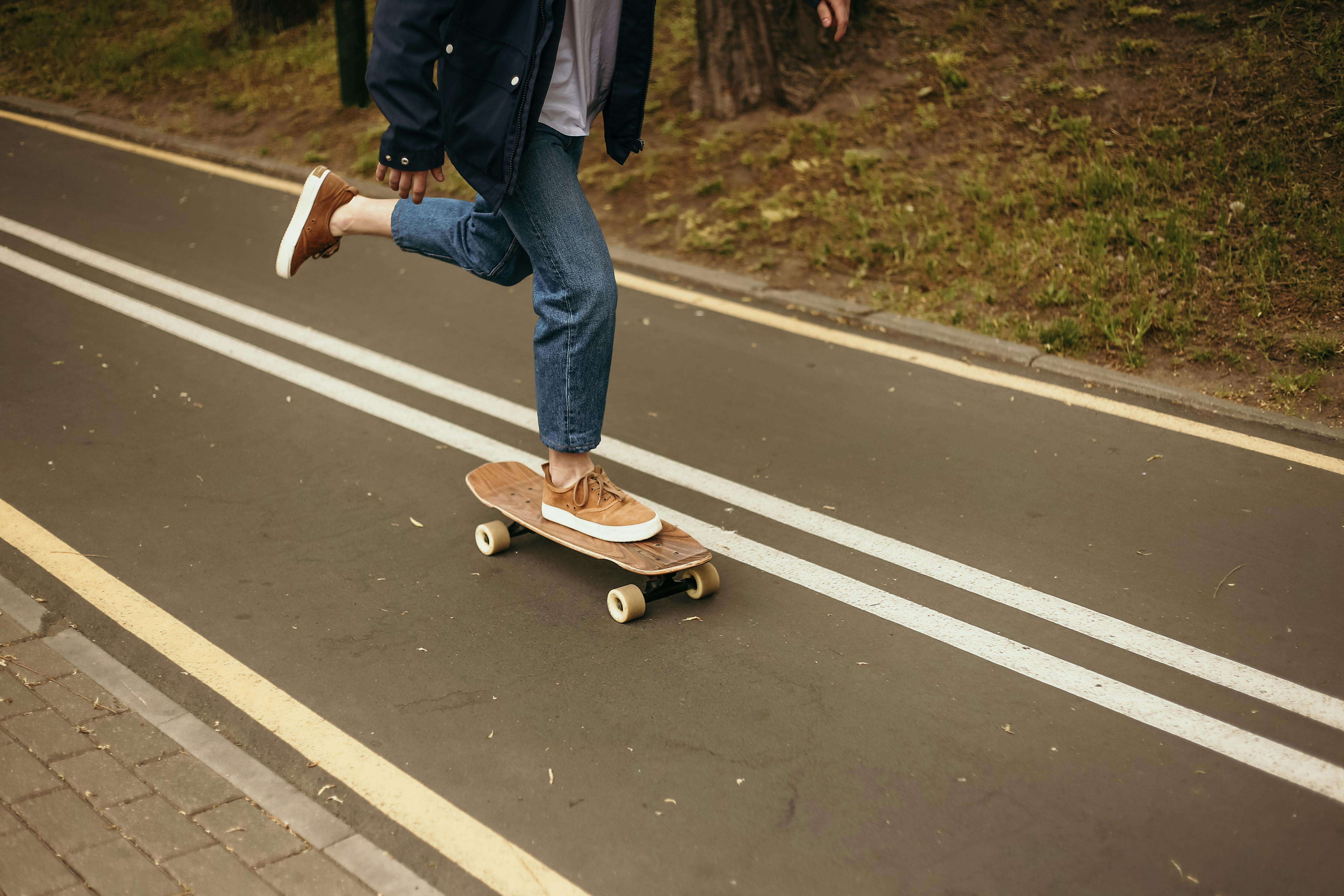
‘Taoist Health Preservation Exercises’ by Bian Zhizhong – A Review
admin
- 0
Chinese anti-aging and longevity expert Bian Zhizhong looks at natural treatments to restore youth and prolong healthy life in China Today Press’s ‘Taoist Health Preservation Exercises’ (1996). He explains why these are more effective than traditional Western methods before laying out practical, easy-to-understand methods and routines in detail with accompanying drawn illustrations for those interested in following them as part of a relatively short (144 pages) but boggling text. Packed with good practical advice.
Never judge a book by its cover’, they say. However, in this case the above should not be overlooked, which shows two cranes walking back and forth with their necks outstretched. The crane, a Chinese symbol of longevity, has good habits that help make it long-lived. These include the practice of Qigong. Safe in their forested, mountainous retreats, cranes pace up and down with necks outstretched calling out “He” forcing out stale air after a long day of flying and feeding many miles away; thus, the crane is “He” in Chinese. They are also associated, through the Theory of the 5 Elements, with Water and the kidneys, hence the association between the latter and good health and longevity that Bian Zhizhong makes at various points in his text.
The author initially laments the fact that exercise and sport, by themselves, do not lead to longevity, noting that even athletes and blue-collar workers can age quickly and die young. “How can we restore youth?” (p.15) asks when medications, drugs, hormone therapy, organ transplants, etc. they can disturb the natural balance of the body and cause the development of diseases as a consequence (p.19). These alter the natural pattern of hormone production of the immune system essentially associated with the kidney; the resulting imbalance makes us more prone to disease than ever before.
He argues that the body’s internal and external performance and general health are best improved by Qigong practice that combines breath control, exercise, and external self-massage that focuses on the ‘xiadan’ or lower abdominal area of the body. body (front and back). Intimately associated with internal and external watery secretions, the kidneys are essential for healthy growth, development, and aging. Strong kidney vitality means long life and good health and weak kidneys early, rapid aging and a short life, the author states (p.17) before presenting details of the preventive and remedial exercises of the Huashan Mountain Daoist School of Qigong ( to which it belongs) that focus on this particular area.
The exercises are divided into three categories: i. Rhythmic breathing (for example, Restoring Spring p.19); ii. Exercise routines (eg Dragon Swimming p.32) and iii. External Self-Massage (eg Rubbing the Dragon’s Head p.93). Regular combined practice of these for general health and fitness purposes, as part of a regular exercise routine, should cause noticeable improvements in various bodily functions in a relatively short time (my own experience indicates that this is the case).
The author then proceeds to enumerate commonly occurring chronic conditions and/or areas of ill health and assigns each a routine prescription drawn from i) to iii) above. This is interspersed with ‘vignettes’ taken from case records of such treatments in action to indicate the potential effects of dedicated application of their methods on the conditions in question.
A lengthy final report (relating to impotence treatment) from a grateful former patient testifies to the efficacy of such practices in treating a variety of conditions that inflict untold misery on many. All of this can be accomplished without surgery or drugs (and the consequent imbalances in internal bodily functions that their use causes), the book makes it clear that these exercises also help maintain and restore the body’s natural hormonal balance at the same time.

